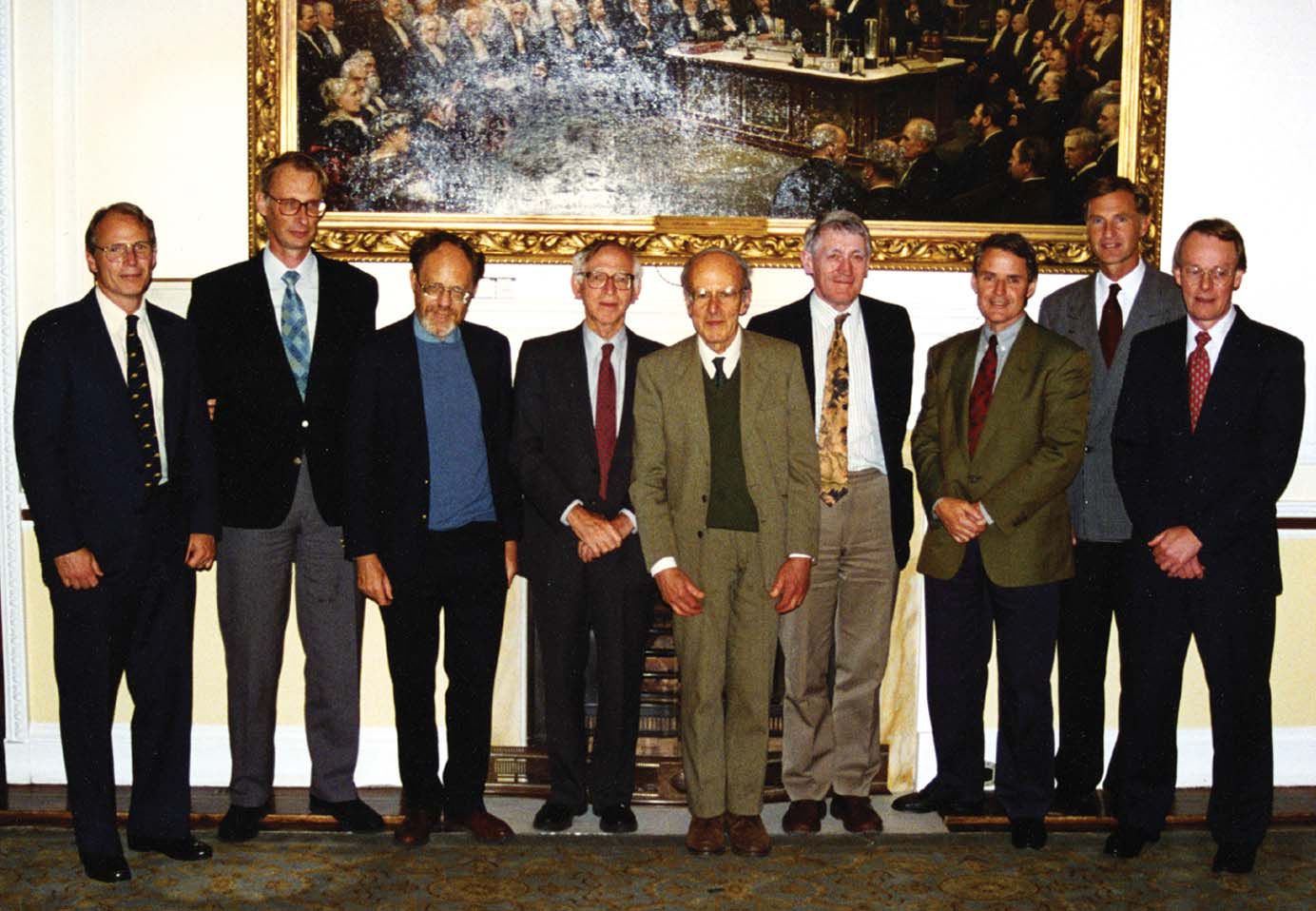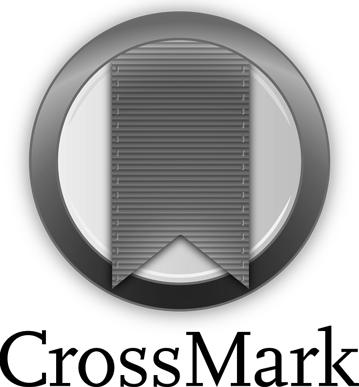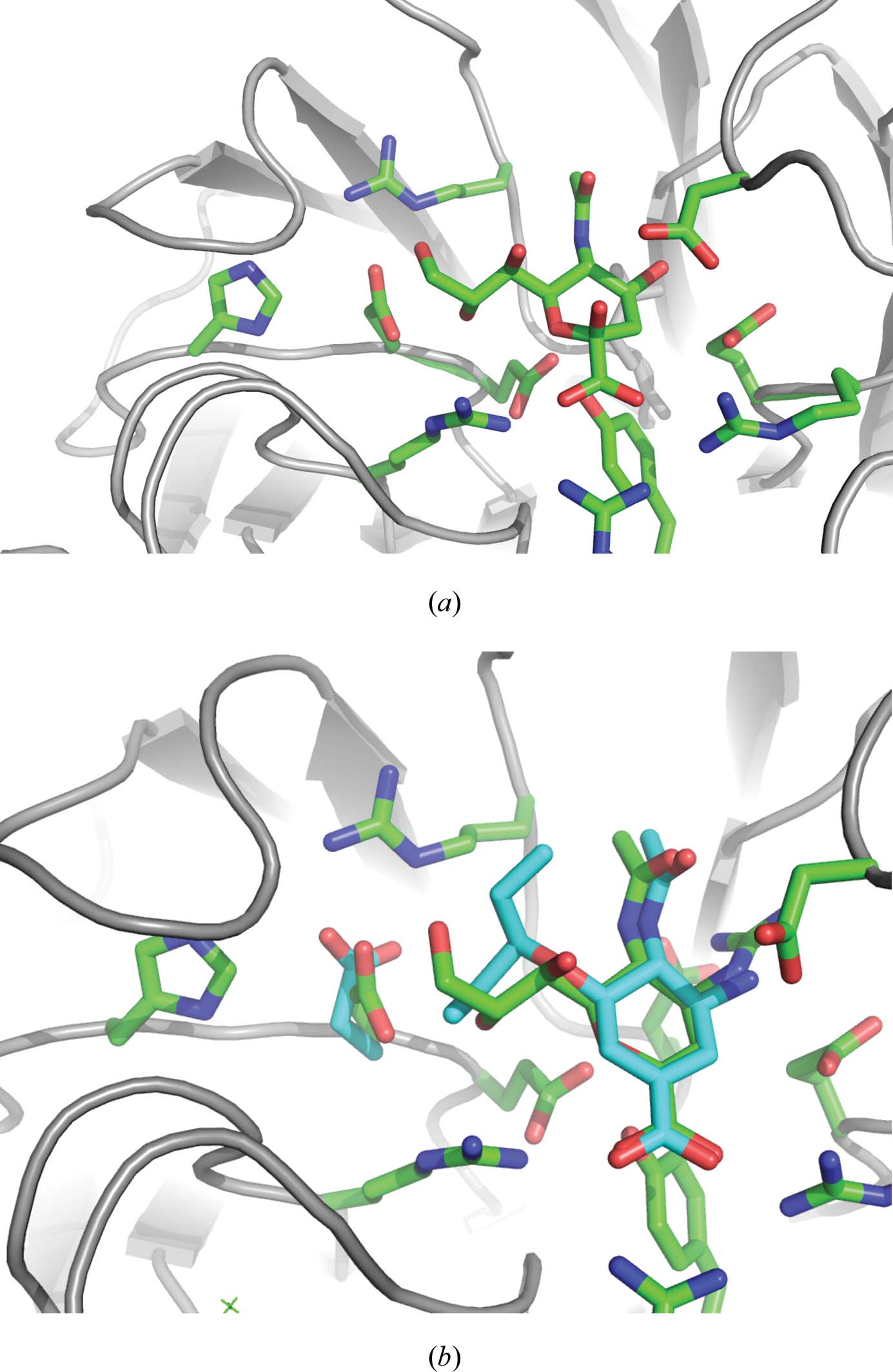Early days in drug discovery by crystallography - personal recollections


Acta Crystallographica Section A
Early days in drug discovery by crystallography –
personal recollections
Received 10 December 2012
Accepted 11 December 2012
The Walter and Eliza Hall Institute of Medical Research, 1G Royal Parade, Parkville, Victoria,
Australia. Correspondence e-mail:
The influences of Lawrence Bragg and Max Perutz are evident in thecontemporary emphasis on ‘structural enablement' in drug discovery. Onthis occasion of the centenary of Bragg's equation, his role in supporting theearliest structural studies of biological materials at the Cavendish Laboratory isremembered. The 1962 Nobel Prizes for the structures of DNA and proteinsmarked the golden anniversary of the von Laue and Bragg discoveries.
Max Perutz's idea for an 80th birthday event was to
own work on influenza viruses was about to begin when the
gather together people interested in the relevance of protein
above lines were written. When I moved to CSIRO in 1978
crystallography to medicine. His Medical Research Council
it was very convenient to quote Max Perutz to my masters.
colleagues duly organized a memorable meeting at the Royal
My real interest at that time was in understanding antigenic
Institution on 23 September 1994, ‘Protein Crystallography
variation in influenza viruses and its consequences for
and Medicine – a meeting in honour of Max Perutz' (Fig. 1).
vaccination, but the lines I used drew on Perutz's predictions
Of course Perutz himself (Perutz, 1994) stole the show with his
on the utility of structure, serine proteases in his example, in
discourse on polar zippers in haemoglobin and Huntington's
drug discovery (Perutz, 1976). ‘Knowledge of the three-
disease. Almost twenty years earlier he had written (Perutz,
dimensional structure of these enzymes may open the way to
1976) ‘I started to study haemoglobin by X-ray crystal-
the synthesis of tailor-made inhibitors for the treatment of
lography in 1937 because at that time the structure of proteins
such diseases.' My enthusiasm aside, that our work would ever
seemed the most important unsolved problem in biochemistry,
affect medical practice seemed most unlikely, a view that many
but I never dreamt that its solution would one day throw light
people shared and some continued to hold even after we had
on the nature of inherited diseases.'
Today it is rare to see a publication on the molecular
The first crystals of influenza virus neuraminidase (Laver,
structure of a protein that just might be a drug target without
1978) held great promise for realising a structural analysis, but
reading concluding remarks about the implications of the
it was necessary to resort to screening multiple strains and
work for new medicines. Evidently it was not always so. Our
subtypes for suitable crystals to eventually determine itsstructure. The electron-density maps were only interpretableafter averaging two copies of a 1957 strain in one crystal formwith a single copy of a 1967 strain in another (Varghese et al.,1983). The 21 amino-acid sequence differences between thesestrains are no impediment to this approach. The first exampleof the now common �-propeller fold was revealed. It was alsoimmediately evident from the structure that the active centreof the enzyme was invariant across all then known strains ofinfluenza (Colman et al., 1983).
Averaging independent images is akin to knowing the value
of the molecular transform at non-integral values of thereciprocal lattice and the use of information of this type wasraised by Bernal (Bernal et al., 1938), and first seriouslycontemplated as a phasing tool by Bragg and Perutz (Bragg &Perutz, 1952). Crick was right about the use of this techniquefor ab initio phasing (Crick, 1988), at least in the early1950s, but in this work we see the origins of algorithms for
solvent flattening, non-crystallographic symmetry averaging
Max Perutz on the occasion of his 80th birthday celebration at the Royal
(Bricogne, 1974; Colman, 1974) and, most recently, image
Institution. Left to right: Tony Kossiakoff, Wim Hol, Michael Rossmann,
recovery in diffractive imaging (Fienup, 1987, Miao et al.,
Aaron Klug, Max Perutz, David Blow, Peter Colman, Don Wiley andWayne Hendrickson.
Acta Cryst. (2013). A69, 60–62

The neuraminidase antigen lives in the shadow of its partner
truly unusual example of a viral enzyme whose function was
antigen, the viral haemagglutin, a molecule to really excite a
not intracellular, and drugs targeting it would not need to
structural biologist with its capacity to facilitate acid-catalysed
cross the infected cell membrane to do their work.
fusion of the viral and endosomal membranes (Skehel &
The seminal crystallographic observation that led to zana-
Wiley, 2000). It came as a shocking but welcome surprise
mivir was the structure of the complex between neuraminidase
that crystallography could inform a process as dynamic as
and the product of the enzyme reaction, sialic acid (Varghese
membrane fusion. Like drug discovery, it is now commonplace
et al., 1992) (Fig. 2). The bound sugar is twisted, its carboxylate
to learn about such biological events from crystal structure
lying coplanar with the pyranose ring. The 4-hydroxyl entity
points to a water-occupied pocket on the enzyme where strain-
By comparison to the haemagglutinin, the neuraminidase,
invariant negatively charged amino acids are located. Three
another glycosidase in a lineage going back to lysozyme,
modifications to sialic acid each provide an increase of some
held little interest. Furthermore, even the anti-neuraminidase
two orders of magnitude to its affinity with the enzyme. The
antibodies raised during influenza infection were of secondary
first is the establishment of an sp2 carbon at C2, placing
value to the host compared to those raised against the
the carboxylate equatorial and not axial, to the sugar. The
haemagglutinin. And then there was the question around the
second and third come from replacing the 4-hydroxyl with
role for this enzyme activity on the surface of the virus. It was
4-ammonium and then 4-guanidium (zanamivir), thereby
thought that the main function of neuraminidase in the life
engaging protein carboxylate residues in the binding pocket
cycle was to liberate progeny virions from the infected cell
for the 4-hydroxyl and displacing bound water molecules there
surface (Palese & Compans, 1976), surely a rather late stage
(Varghese et al., 1995; von Itzstein et al., 1993).
for therapeutic intervention. On the other hand, here was a
A compound as hydrophilic as zanamivir does not cross
membranes, neither does it need to unless the drug is to bedelivered orally. The upper airways are readily accessible toinhaled drugs and Relenza is a formulation of zanamivir fororal inhalation. Our own attempts to find an orally available‘version' of zanamivir were unsuccessful (Taylor et al., 1998),but others succeeded (Kim et al., 1997). The requisite prop-erties found in oseltamivir carboxylate (the active substance inTamiflu) derive from its carbocyclic core and the substitutionof the C6-glycerol moiety with a pentyl ether. Unlike theglycerol, the pentyl ether is not found in the natural substrate,sialic acid, and the consequences of this departure are that theneuraminidase must undergo a small conformation change tobind oseltamivir carboxylate that is not required for itsbinding to either zanamivir (Fig. 2) or the substrate sialic acid(Varghese et al., 1998). This structural difference is a smallopening through which drug-resistant viruses are unleashed(Colman, 2009).
If we take the public remarks of the drug industry at face
value, it is now unusual for a drug-discovery program to beinitiated if the target is not ‘structurally enabled'. Somecontemporary work is quite remarkable, such as the discoveryof ABT-737 (Oltersdorf et al., 2005) and its clinical analogueABT-263. These molecules mimic the interaction between ahelical peptide and the pro-survival Bcl-2 proteins, an eventwhich triggers cell death by apoptosis and is frequently dys-regulated in tumour cells (Lessene et al., 2008). Such advanceshold great promise that ever more-challenging drug targetswill be hit in the future.
(a) The product of the neuraminidase-catalysed reaction, sialic acid,
bound to the enzyme. (b) Overlay of zanamivir (green) and oseltamivir
carboxylate (cyan) bound to neuraminidase.
Acta Cryst. (2013). A69, 60–62
Peter M. Colman � Early days in drug discovery
Peter M. Colman � Early days in drug discovery
Acta Cryst. (2013). A69, 60–62
Source: http://www.xtal.iqfr.csic.es/Cristalografia/archivos_10/Bragg-centennial/Bragg-centennial-11.pdf
SIGA LA DAMA, SIGA EL CABALLERO Dibujo animado Septiembre 27 del 2013 01. Guion Literario Siga la dama, siga el caballero I. Idea matriz Una decepción amorosa lleva a un hombre a cometer un crimen pasional Tuerca, un payaso de restaurante lleva una vida rutinaria y aburrida hasta que conoce a Jalea, otra payaso de restaurante, con la que consuma un fugaz y tórrido romance. Mientras Tuerca queda profundamente enamorado, Jalea no le da mayor importancia a lo acontecido y rápidamente encuentra afecto en un mimo callejero. Al darse cuenta que fue sustituido, Tuerca cae en una profunda depresión que al no poder sobre-llevar lo empuja a cometer un crimen pasional.
Flexible Spending Accounts Eligible Expense Guide Healthcare & Dependent Care Eligible Expense Guide This guide will provide a detailed listing of a healthcare and dependent care FSA spending account. It lists general expenses allowed by the Internal Revenue Service (IRS), however, it is not an exhaustive list and if you have a question regarding an expense not listed, please call the RPG Consultants FSA Department at (212) 947-4800 ext. 215. How to use this guide 1. Healthcare & Dependent Care: Sections contain an easy-to-read chart listing common expenses. 2. Expense Type: Expenses are displayed alphabetically within their category. Examples of the expense are listed beneath the expense. 3. Eligible for Reimbursement: This guide will state if the expense is generally reimbursable from your FSA. However, there are certain exceptions or requirements for many expenses. It is important that you read the Special Exceptions or Requirement related to the expense. 4. Special Exceptions or Requirements: Follow the instructions provided to ensure your particular expense is eligible. Tip: To quickly search for an expense, click the search icon and type in the item You are looking for. Example: You're searching for glasses, just type in ‘eye glasses.' General rules for eligible expenses In order for RPG Consultants to consider an expense eligible, the expense must: • Be allowed by the IRS; • Be allowed by your employer's FSA plan; • Be incurred during your employer's plan year or during the 2 ½ month extension period, if allowed by your employer's plan; • Be for you or a qualified dependent • Not be reimbursed through another plan • Not be used as a dependent day care credit or healthcare deduction on your personal tax return. To obtain reimbursement for an eligible healthcare or dependent care expense, you must complete a reimbursement request, which can be found on our web site www.rpgny.com and must be accompanied by a detailed receipt or other supporting documentation. Definition of a qualifying dependent Healthcare and dependent care expenses must be for you or a qualified dependent in order to be eligible for your FSA. The definition of "dependent." Please note: Generally speaking, a qualifying child must: • Reside with you for more than half the year1; • Be younger than 27 years of age • Not provide over half of his/her own support.



